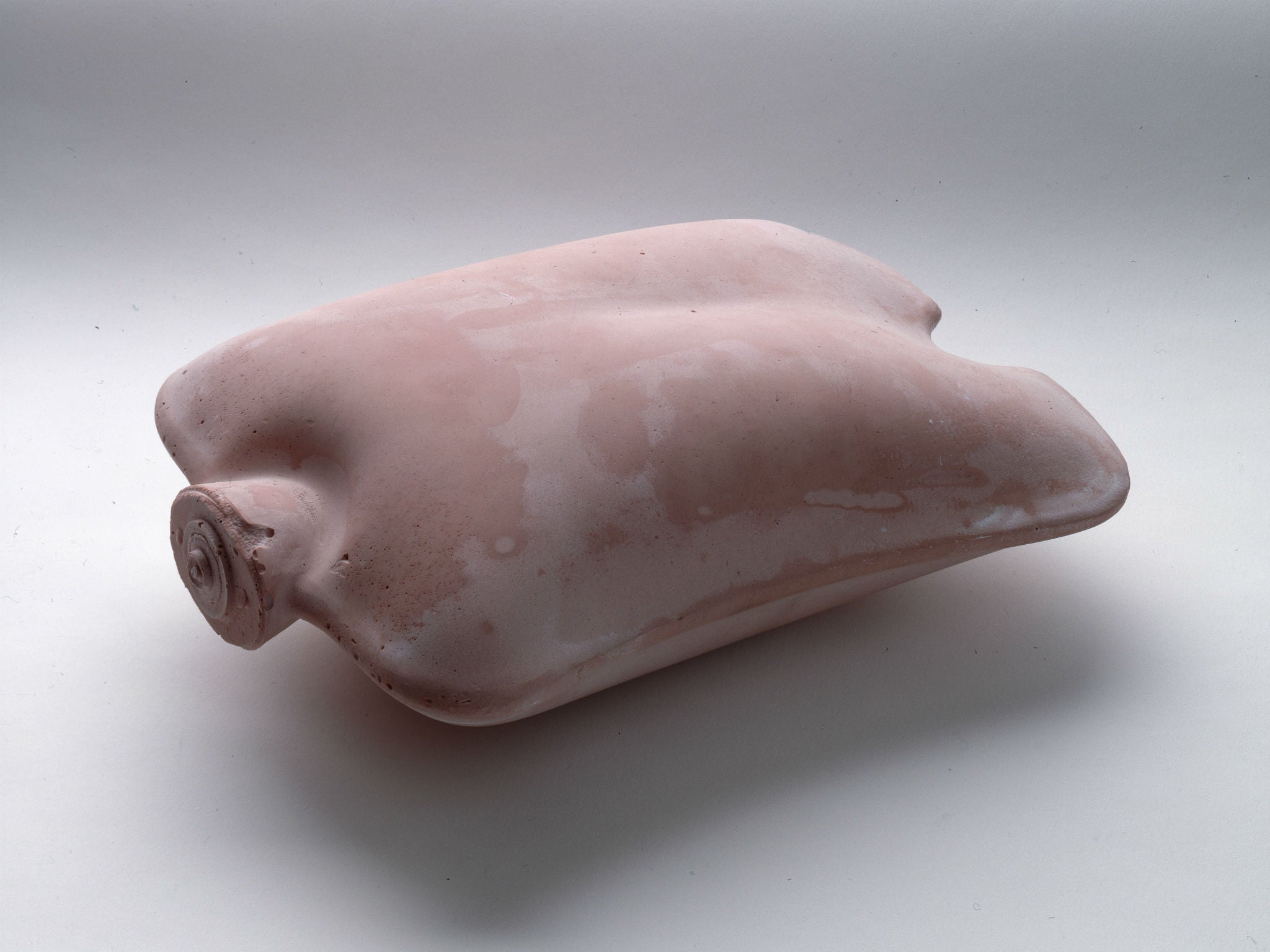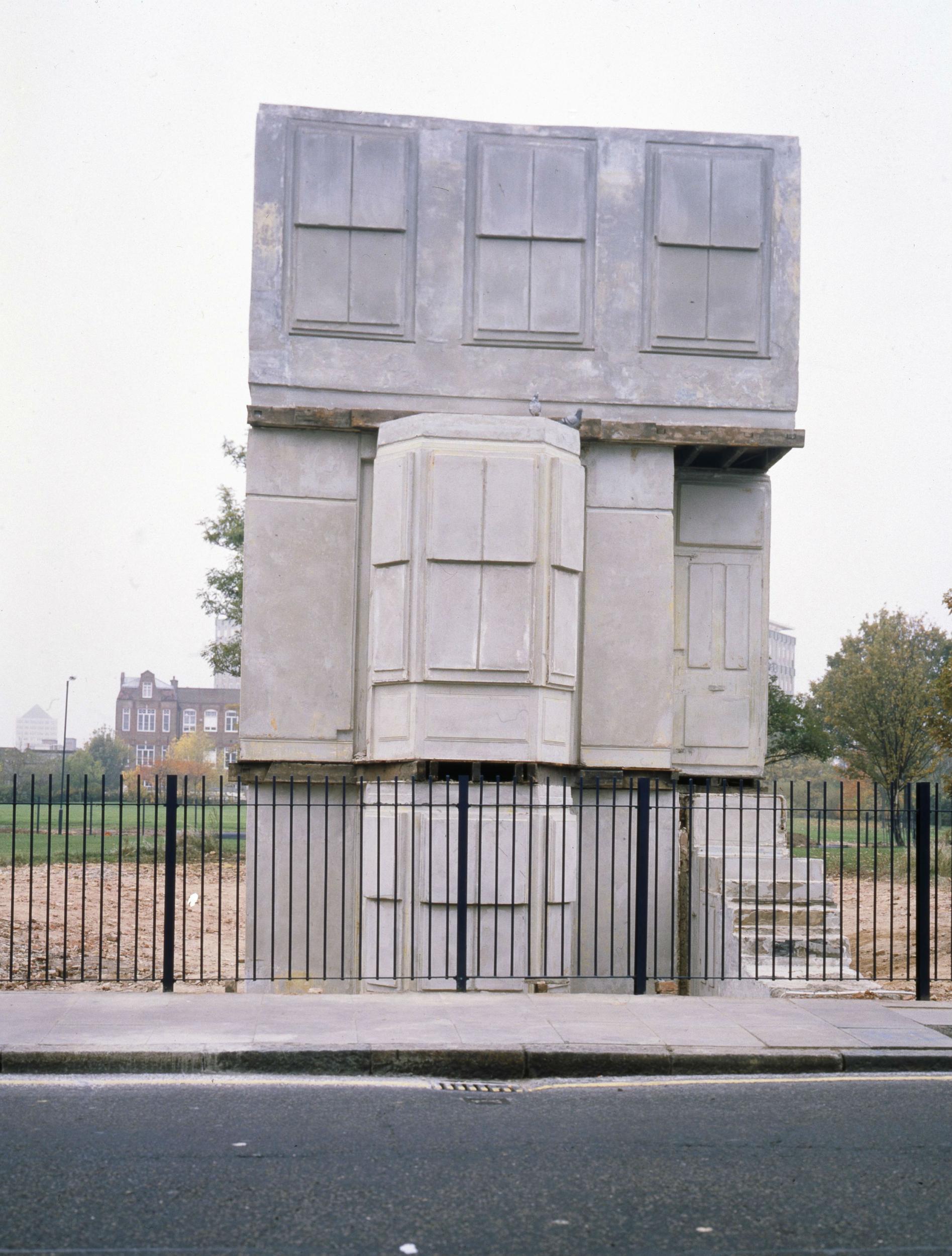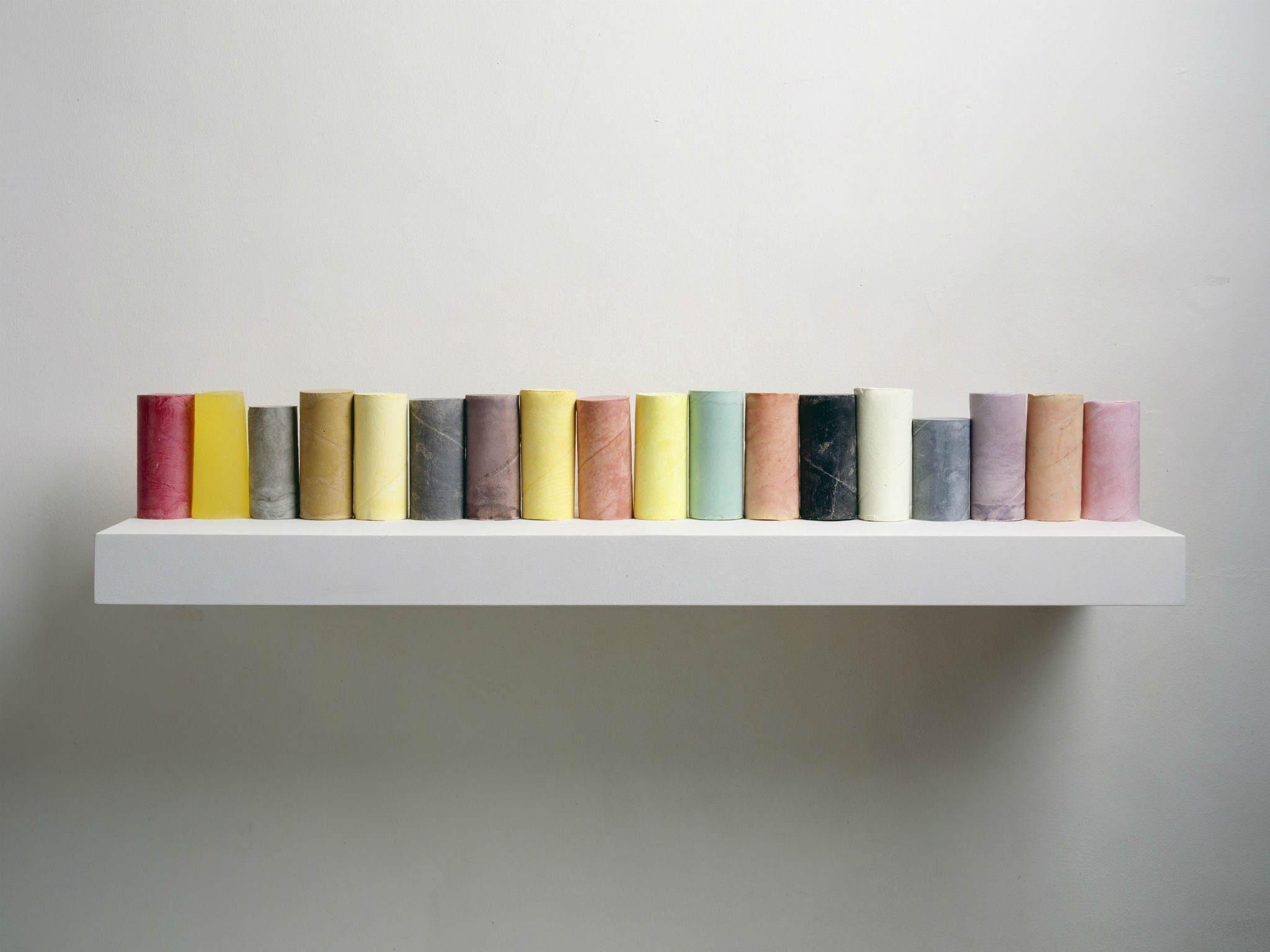Rachel Whiteread, Tate Britain, London, review: Fairly significant but also, a little dull
Whiteread was the first woman to win the Turner Prize in 1993 – this retrospective of her work spans 25 years and includes new pieces that have never been seen before

My goodness, can it really be almost a quarter of a century since Rachel Whiteread made that full-size, concrete cast of a house in Hackney that the council, with an unsurpassed degree of insensitivity, later demolished? Fortunately, it has remained alive in our memories. What has she been up to since then? Tate Britain has just thrown open its doors to her for a career-so-far retrospective.
Thrown open hits it on the head. A single, huge, air-and-light filled space has been created so that we can take in everything at a glance. But before we do that, let’s step back into the Duveen Galleries, walk to the far end, and have a look at some of the works from the Tate’s own collection by other artists that Whiteread herself has chosen to complement her show. These are, by turns, lusty (Sarah Lucas), curvaceous (Richard Deacon), teeteringly slobbery-sloppy (Rebecca Warren) or wholly fantastical (Richard Dadd). Everything, in short, that Rachel Whiteread is not. How interesting. How curious.

What exactly is she, then? What are the adjectives that spring to mind as we wander through this collections of casts of this, that and the other, all this exploration of “negative space” (as we have ben told again and again and again as if we were ever likely to forget quite so astonishingly memorable a critical formulation): casts of doors, casts of torsos, casts of beds, casts of a line of bookcases, a cast of a double staircase, a cast of a beehive. Most of them are very pale in colour, and they seem to melt away into the white walls even as they lean against them, or sink gently into the pale, thin pine boards of the floor. They are organised with an extraordinary degree of tidiness and orderliness. Whiteread, unlike the bemused father who stares at his daughter’s prized arachnid on the mantelpiece of his Parisian apartment in Bunuel’s masterpiece, The Phantom of Liberty, does not hate symmetry. She positively embraces it. That list of adjectives then? Stop keeping us waiting!

Sombre, a little sad, a tad repetitious, long-laboured over, cerebral. Many of the pieces are cast in resin of a variety of delicate hues, so we seem to be staring through them even as we look at them. They are already receding from us. Great work then? Significant work? Fairly significant. Also, a little dull, a little of playing the same trick over and over and over. Do they much move us? Occasionally. These casts of tiny torsos, lopped off at the neck, like so many stopperless hot water bottles, for example, these feel rather tragic. In the end, we do begin to crave a bit of excitement though, a bit of colour, a bit of the no-holds-barred uproariousness to be found, mercifully, elsewhere.
Join our commenting forum
Join thought-provoking conversations, follow other Independent readers and see their replies
Comments
Bookmark popover
Removed from bookmarks